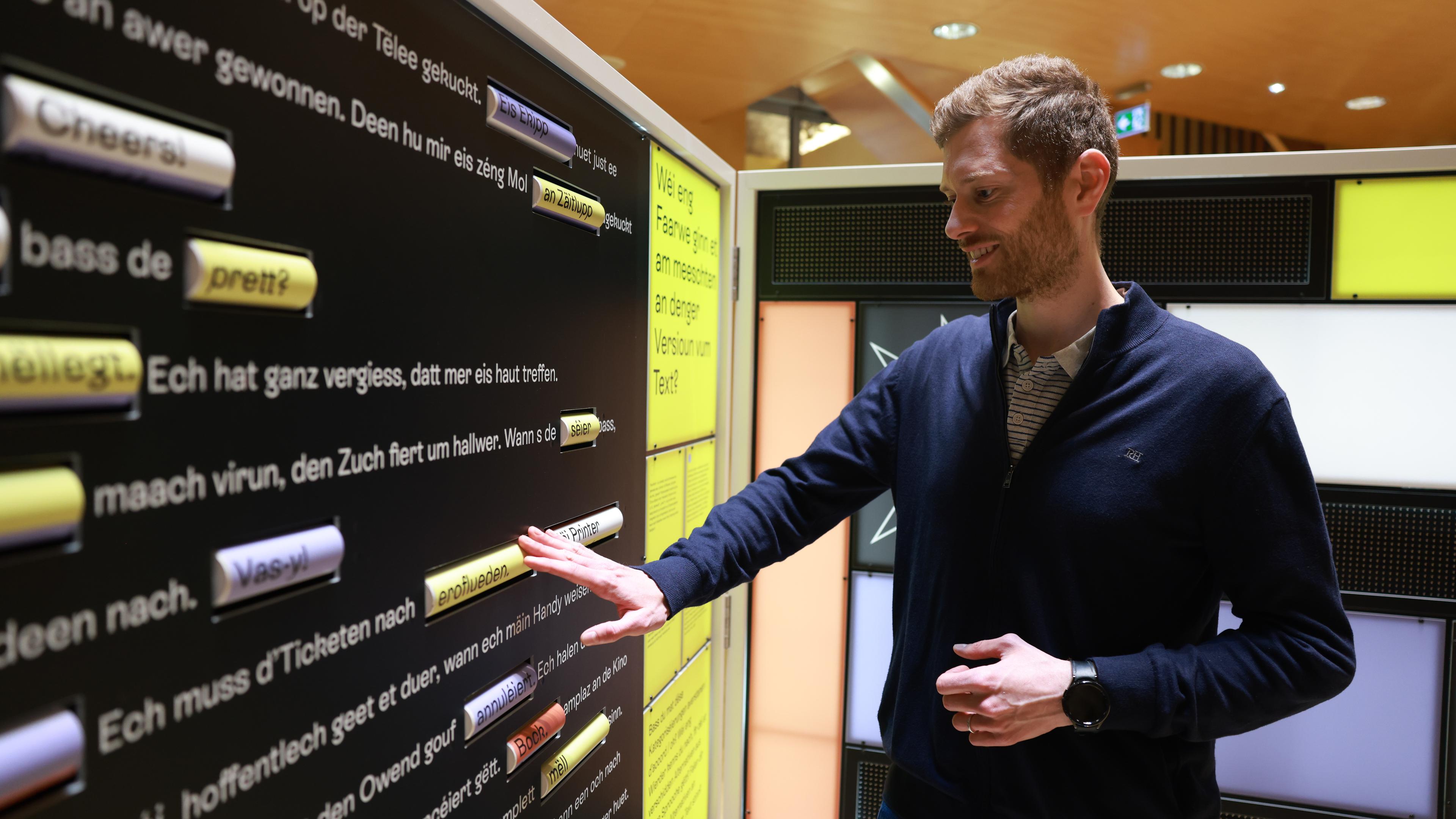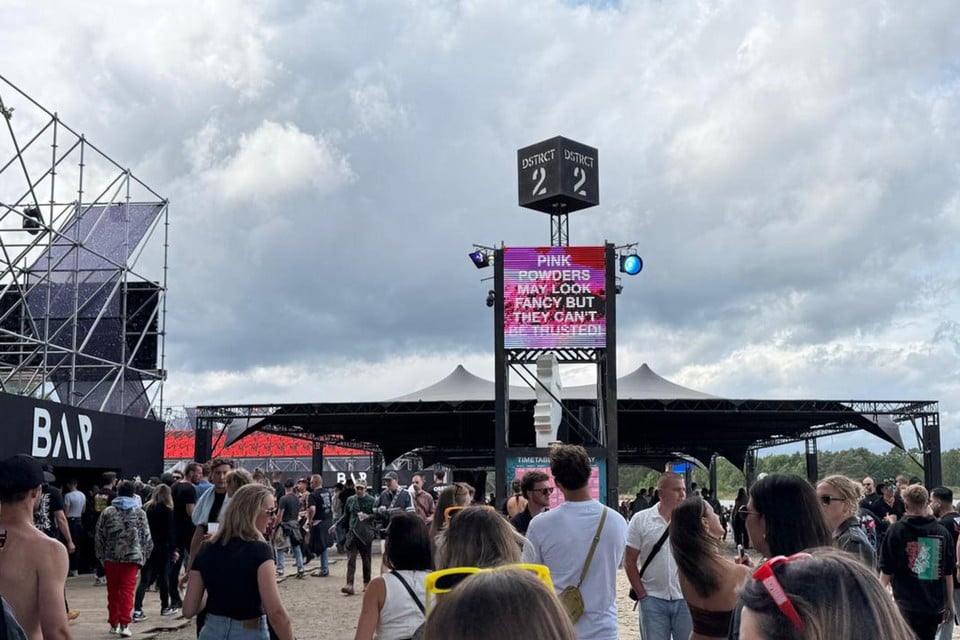Trump’s trading chaos leaves stock exchange experts at a loss

Despite all the shocks and uncertainties, most stock strategists still expect a rally of the S&P 500 until the end of the year. This optimism contradicts history – even without the faults by Trump’s global customs dispute.
« This is delusional, » said Peter Berezin, global chief strategist at BCA Research. Berezin is one of only two stock market strategists below two dozen, which assume that the S&P 500 will end the year below the current status. « Every relaxation will only be short -term and turn out to be deception. »
The S&P 500 showed a strong performance last week, but is still around 9 percent in the year. The reason for this is the considerable tariffs that Trump has collected on goods from China, Canada, Mexico, the EU and numerous other US trade partners. The leading index closed the trade on Tuesday with a loss of 15 percent in 2025 before taking a turnaround on Thursday when Trump announced a 90-day break for many of his tariffs.
« We were so wrong, » said Bank of America strategy Savita Subramanian in the Bloomberg interview. « The modeling of tariffs is a hopeless undertaking. »
Little agreement among the predictions
The decline of 15 percent is historically significant: since 1957 the S&P 500 has fallen 16 times until the beginning of April for at least this amount – and only three times it was able to recover and end December in plus. This emerges from data that Ryan Detrick has put together from the Carson Group. And in each of these cases-2020, 2009 and 1982-the market was saved by the Federal Reserve, the intervention to support the weakening US economy.
The trading chaos has led to the stock market forecast on Wall Street adapting their predictions for the end of the S&P 500 in 2025. Subramanian reduced her forecast from 6,666 to 5,600 points, and the colleagues from Oppenheimer & Co., Evercore ISI, Goldman Sachs, Société Générale and RBC Capital Markets have also reduced their forecasts. Ed Clissold from Ned Davis Research lowered his goal from 6,600 to 5,550, which corresponds to a probability of recession of 50 percent.
We were wrong. The modeling of tariffs is a hopeless undertaking.
Savita Subramanian
Bank of America strategy
However, the vast majority continues to assume that the share prices will increase. Only Berezin with 4,450 points and Dubravko Lakos-Bujas from JPmorgan with 5,200 points see the index at the end of the year under the closing price of 5,364.36 from Friday.
However, there is little agreement among the predictions: from Berezin’s goal to that of Chris Harvey from Wells Fargo & Co. at 7.007 the distance is more than 2,500 points or 57 percent. According to Bloomberg data that go back to 2000, this is the biggest distance that has been recorded at this time of year. The average of 6,067.21 corresponds to an increase of around 13 percent compared to the closing price on Friday.








